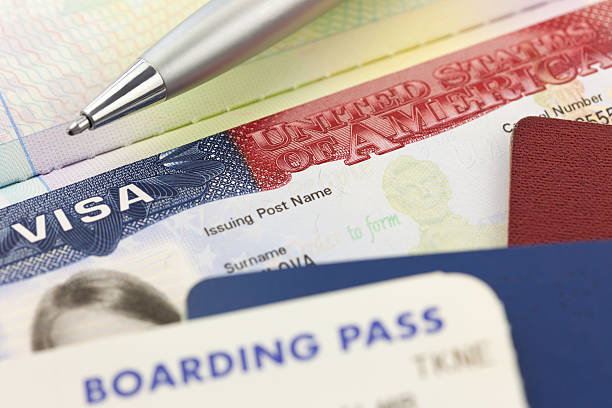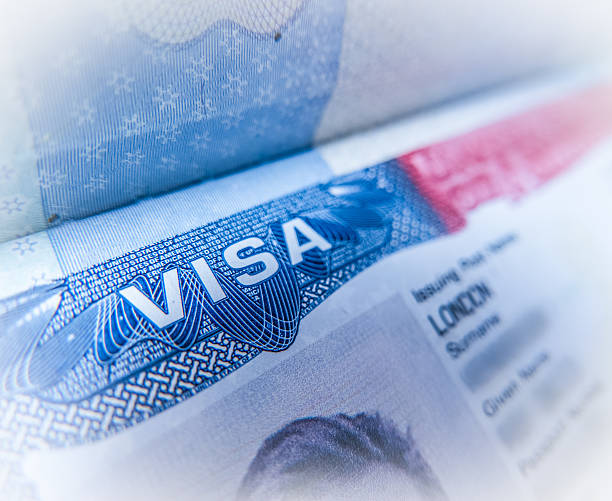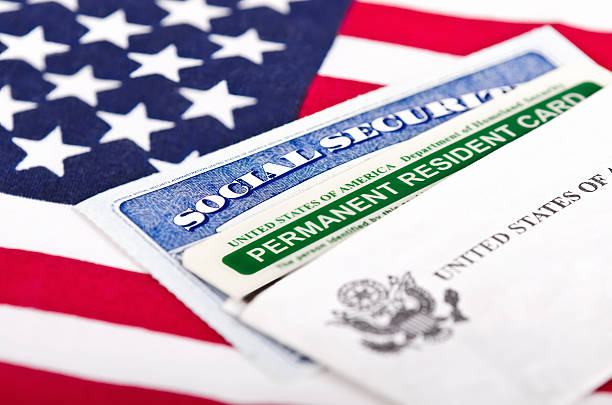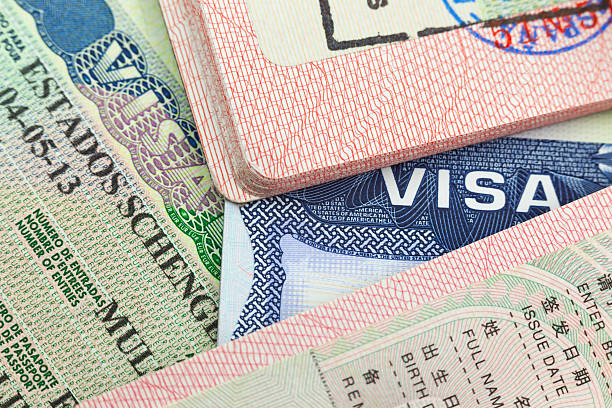
The Role of Technology in Modern Immigration Processes
The Role of Technology in Modern Immigration Processes
Technology has profoundly transformed the immigration process, making it more efficient, transparent, and accessible. From digital applications to automated decision-making, technology plays a crucial role in modernizing how immigration systems operate and how individuals interact with them. This blog explores the various ways technology impacts immigration processes and highlights both the benefits and challenges associated with these advancements.
1. Digital Application Systems
One of the most significant technological advancements in immigration is the move towards digital application systems.
1.1. Online Portals and E-Visas
Many countries have developed online portals that allow individuals to submit visa applications, track their status, and receive updates electronically. E-visas, or electronic visas, simplify the application process by eliminating the need for physical paperwork and allowing for faster processing times.
1.2. Improved Accessibility
Digital systems improve accessibility by enabling individuals from around the world to apply for visas and permits without needing to visit consulates or embassies in person. This convenience reduces the barriers to entry for many applicants.
Learn more about online visa applications at E-Visa Portal.
2. Data Management and Analysis
Advanced data management systems help immigration authorities process and analyze large volumes of information more effectively.
2.1. Centralized Databases
Centralized databases store and manage data related to visa applications, border crossings, and immigration status. These systems enable authorities to quickly access and verify information, improving decision-making and reducing processing times.
2.2. Data Analytics for Decision-Making
Data analytics tools help immigration authorities identify trends, detect fraud, and make informed decisions based on comprehensive data analysis. This technology enhances the accuracy and efficiency of immigration processes.
Explore data management solutions at Data Management.
3. Artificial Intelligence and Automation
Artificial intelligence (AI) and automation are increasingly being used to streamline and enhance immigration processes.
3.1. Automated Decision-Making
AI systems can automate routine tasks, such as processing applications and issuing decisions, reducing the need for manual intervention. This technology helps to speed up the immigration process and minimize human error.
3.2. AI-Powered Fraud Detection
AI algorithms are used to detect fraudulent activities by analyzing patterns and anomalies in application data. This helps to safeguard the integrity of immigration systems and prevent abuse.
Find out more about AI in immigration at AI Immigration.
4. Blockchain Technology
Blockchain technology offers potential benefits for immigration processes by providing secure and transparent data management solutions.
4.1. Secure Document Verification
Blockchain can be used to create secure, tamper-proof records of immigration documents and transactions. This ensures that information is accurate and reliable, reducing the risk of document fraud.
4.2. Streamlined Processes
Blockchain-based systems can streamline immigration processes by enabling real-time verification and updates of applicant information, making the process more efficient and less prone to errors.
Learn about blockchain applications in immigration at Blockchain for Immigration.
5. Mobile Applications and Accessibility
Mobile applications provide greater accessibility and convenience for individuals navigating immigration processes.
5.1. Mobile Visa Applications
Mobile apps allow users to complete visa applications, submit documents, and receive updates directly from their smartphones. This accessibility simplifies the application process and provides users with real-time information.
5.2. Notifications and Alerts
Mobile apps can send notifications and alerts regarding application status, deadlines, and required actions, helping applicants stay informed and on track.
Discover mobile app solutions for immigration at Mobile Visa Apps.
6. Virtual and Augmented Reality
Virtual reality (VR) and augmented reality (AR) technologies are emerging tools that could transform the immigration experience.
6.1. Virtual Tours and Interviews
VR can offer virtual tours of consulates and embassies or simulate interviews, making it easier for applicants to prepare for their interactions with immigration authorities.
6.2. Augmented Reality for Information
AR applications can provide interactive information about visa requirements, application procedures, and other relevant details, enhancing the user experience.
Explore VR and AR technologies at VR Immigration.
7. Cybersecurity Considerations
With the increased reliance on technology, cybersecurity is a critical concern in immigration processes.
7.1. Protecting Personal Information
Ensuring the security of personal and sensitive information is essential. Immigration systems must implement robust cybersecurity measures to protect data from unauthorized access and breaches.
7.2. Responding to Cyber Threats
Immigration authorities must stay vigilant against cyber threats and continuously update their security protocols to address new vulnerabilities and risks.
Learn about cybersecurity in immigration at Cybersecurity Immigration.
8. Conclusion
Technology plays a pivotal role in modernizing and improving immigration processes. From digital applications and data management to AI and blockchain, technological advancements offer significant benefits in terms of efficiency, security, and accessibility. However, it is essential to address cybersecurity concerns and ensure that these technologies are used responsibly to support fair and effective immigration systems. Embracing technological innovations can help create a more streamlined and transparent immigration experience for all stakeholders.



















































